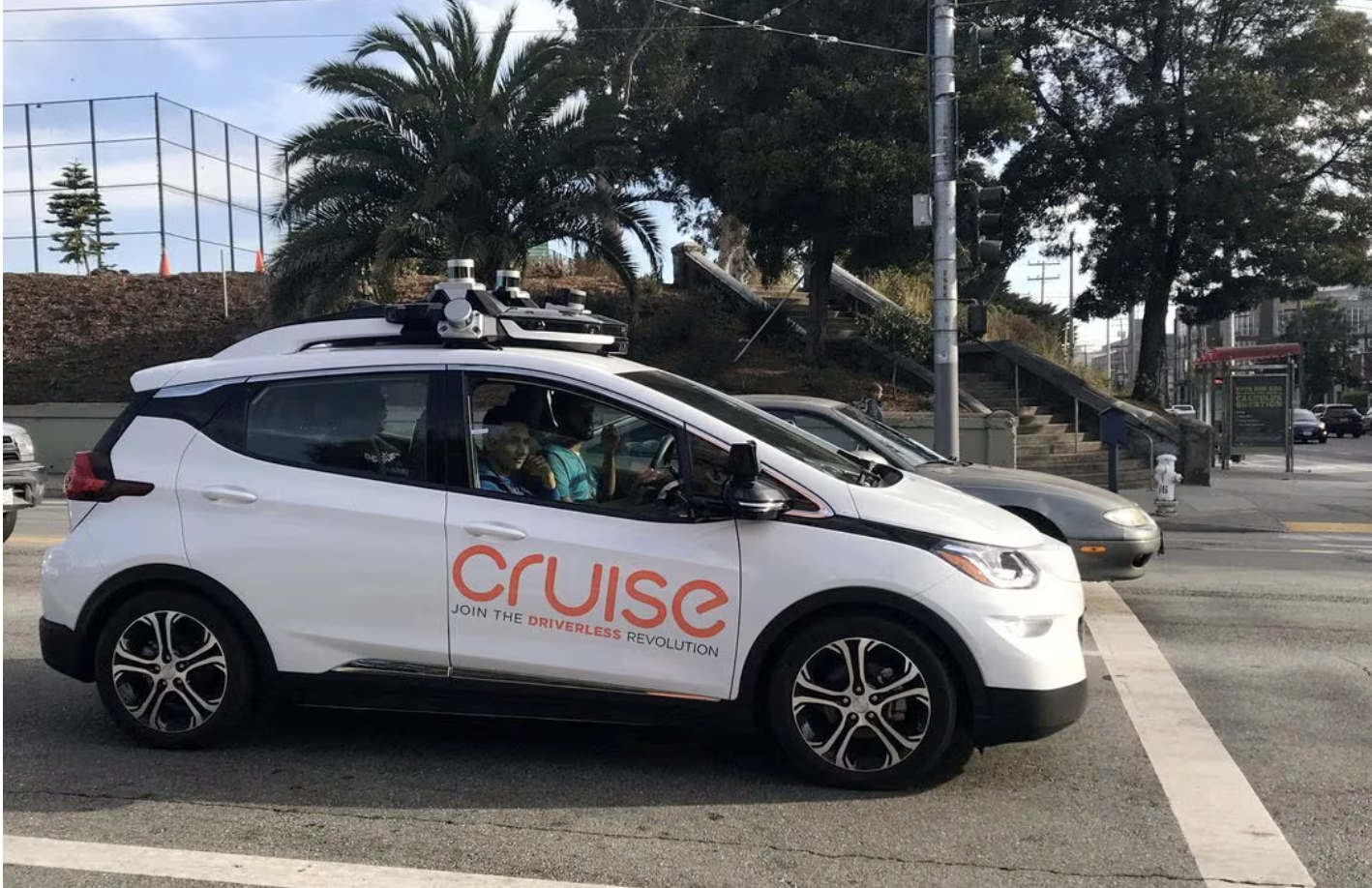SAN FRANCISCO/WASHINGTON,(Reuters) – GM’s (GM.N), opens new tab Cruise self-driving car unit on Thursday revealed probes by the U.S. Justice Department and Securities and Exchange Commission stemming from an October accident in which one of its robotaxis struck a pedestrian and dragged her 20 feet.
Cruise reported the government investigations in a blog post in which the company also vowed to reform its culture stemming from a “failure of leadership” around the incident. One expert said the actions that Cruise took immediately after the accident were “egregious.”
The new probes and disclosures about Cruise’s mishandling of the accident intensify pressure on General Motors and its CEO Mary Barra, who has defended the automaker’s investment in the robotaxi operation despite more than $8 billion in losses. GM reports fourth-quarter results on Jan.30,and Barra could face more questions about the future of Cruise from analysts.
The incident creates problems for other robotaxi companies, including Alphabet’s Waymo and Zoox, a unit of Amazon. Critics of robotaxis, including the Teamsters union, are calling for slowing the rollout of autonomous vehicles. California has already suspended the company’s permission to operate autonomous vehicles in the state.
Cruise did not disclose the status of the victim its car had struck and dragged 20 feet after she had first been struck by another vehicle, nor the scope of the Justice Department and SEC probes.
The company commissioned a report from law firm Quinn Emanuel. The 195-page report said Cruise did not intend to mislead regulators. Still, it detailed steps taken by executives that made it more difficult for officials to quickly understand or evaluate the severity of the accident.
Bryant Walker Smith, a professor at the University of South Carolina with expertise in autonomous vehicle law, said “Cruise did not tell the truth, the whole truth, and nothing but the truth after the crash.”
He added: “At some point, they became aware that they had misled the public, and yet they did not correct this until they were caught. This is egregious.”
Among the findings were that Cruise’s then CEO Kyle Vogt and Chief Operating Officer Gil West “inexplicably” disbanded the response team less than 24 hours after the accident and the company failed to gather “key information” from witnesses at the scene, according to the report.
A separate technical review by engineering firm Exponent found the Cruise vehicle suffered from mapping errors and incorrectly identified hitting the woman as a side impact collision, the report stated. Cruise has since updated its software.
The National Highway Traffic Safety Administration, which is also investigating the crash, said it will review GM’s report.
Cruise cited “mistakes in judgment, an ‘us versus them’ mentality with government officials, and a fundamental misunderstanding of regulatory requirements.” More than 100 people knew details of the incident prior to Cruise’s meetings with regulators, the report found.
Cruise leaders “focused on rebutting erroneous media stories” rather than giving “material facts to regulators,” according to the report. They said they were “drowning” in negative press.
In October, Cruise employees tried to convince NHTSA not to open a probe, the report said, adding that initial reports to the federal safety agency failed to disclose the detail about the pedestrian being dragged.
The report noted that some viewers at the California DMV responded with alarm when Cruise employees attempted to play a video for them.
“Several interviewees recalled that some of the DMV representatives were not watching the entirety of the video, some due to ‘shock’ and having their head in their hands as a result of seeing the pedestrian injured,” the report said.
Since the accident, Cruise has fired nine executives. CEO Vogt and company co-founder Dan Kan both resigned, and Cruise cut a quarter of its staff.
Vogt wanted to reveal only a four-second clip of the accident video that he edited himself, the report said.
In December, California regulators said Cruise could face $1.5 million in fines and additional sanctions for not fully disclosing details of the accident.
Cruise characterized its response to the accident as mistakes made by a relatively new company inexperienced in dealing with regulators, the media and public.
Cruise initially provided regulators with video of the accident but no verbal context such as mentioning that a woman was dragged 20 feet. Instead the company said it let the video “speak for itself.”
The robotaxi company blamed internet connection issues in part for its lack of transparency: in three meetings, internet troubles prevented regulators from fully viewing the video and the report indicates company officials did not seek to fix the issue.
The report said the video did not speak for itself, “contrary to Cruise’s assumptions.” It added Cruise should have “explained to NHTSA exactly what had transpired.”
Quinn Emanuel interviewed 88 people and reviewed 200,000 documents, according to the blog post. The law firm declined further comment.
Cruise once operated hundreds of unmanned robotaxis in California, Texas and elsewhere, hoping to generate revenue while perfecting the technology.
Cruise and GM came under heavy criticism after the accident, and the California Department of Motor Vehicles revoked its permit to operate driverless vehicles.
Cruise has said it plans a return to testing on public streets, but has not revealed where or when. In June, Barra reiterated a forecast that Cruise could generate $50 billion a year in annual revenue by 2030.
The California Public Utilities Commission, the CPUC, the California DMV, the SEC and DOJ were not immediately available for comment on the report. Former Cruise executives Vogt, Kan and West did not immediately respond to requests for comment.
Reporting by Greg Bensinger and David Shepardson, additional reporting by Joseph White, Abhirup Roy, Hyunjoo Jin, Peter Henderson, Sayantani Ghosh, editing by Ben Klayman and David Gregorio











